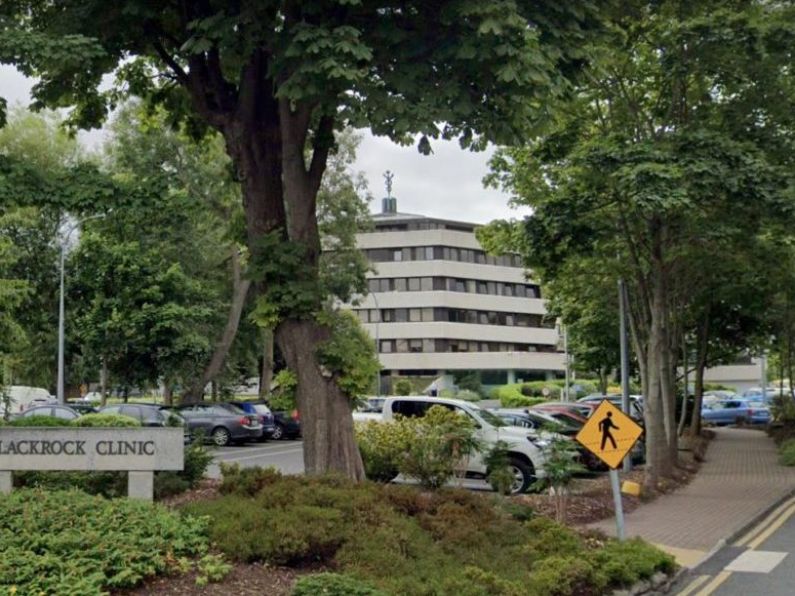Research has found that there are high levels of sewage and fertiliser in four out of 10 Irish water sources.
That's according to the Water Institute at DCU.
A report in the Irish Independent claims that residue from farm fertilisers and sewage are the reasons for the residue found in our water bodies.
High levels of phosphate were found to be in 41% of streams, lakes and rivers across the country, but Wexford had a particularly high amount.
A high level of nitrogen was also found in 18% of water bodies, with the South-East having an elevated amount. Cork, North Dublin, and Meath also noted an above-average level of nitrogen.
Both phosphates and nitrogen are natural nutrients, but too much of either can cause a build-up of algae in water which can lead to oxygen.
This then makes it difficult for fish and wildlife to thrive.
The nutrients make their way to water either by escaping from septic tanks and sewage systems or through water in soils sprayed with fertiliser.
The research only looked for phosphates and nitrogen but it's likely that other pollutants - such as chemicals and pharmaceuticals - are also present.
While the findings outlined above are a cause for concern, what was found in streams is an even bigger one.
25% of streams tested had nitrates present and 47% of those tested for phosphates had a high level of them.
Stream health can often go unnoticed as many are not monitored and those that are are considered under-monitored.
The water health of streams is crucial in determining where the pollution source is before it gets diluted into larger bodies of water such as rivers, lakes, and the sea.
The research
More than 700 scientists gathered at DCU for its annual Water Blitz exercise.
They came from a variety of backgrounds including kayaking, swimming clubs, and Tidy Towns.
This year's geographic spread was the largest ever with testers in every county.
Sampling was carried out in 40 of the 46 catchment areas.
Testers recorded what the land around the testing site was used for whether it be residential, industrial, farming etc.
The findings indicate the challenge Ireland faces in getting our water sources to a standard that is legally required by the EU.
By 2027, all inland and coastal water must rank as good or high quality.
The results of the Water Blitz exercise would fail the test on nutrient levels alone.
Keep up to date with all the latest news on our website Beat102103.com.






